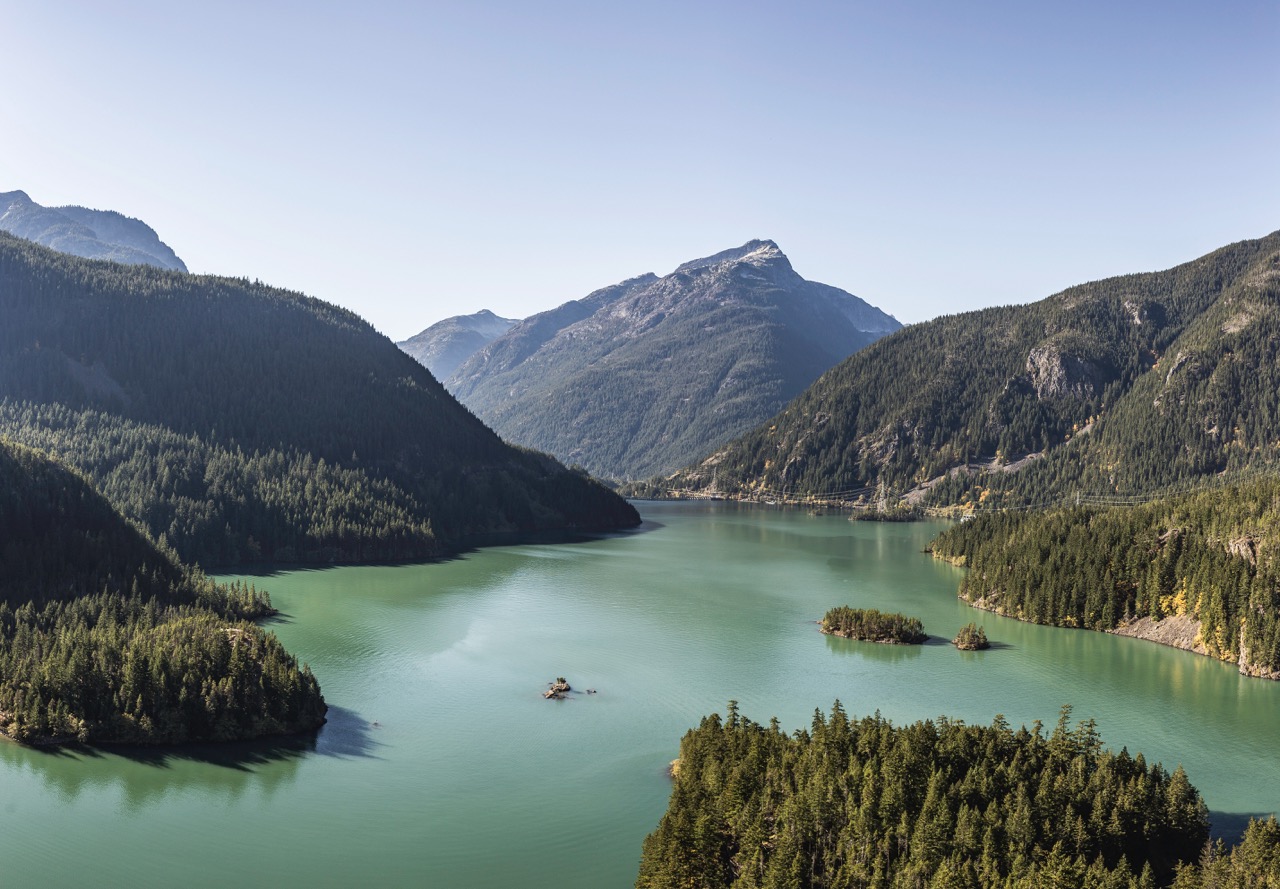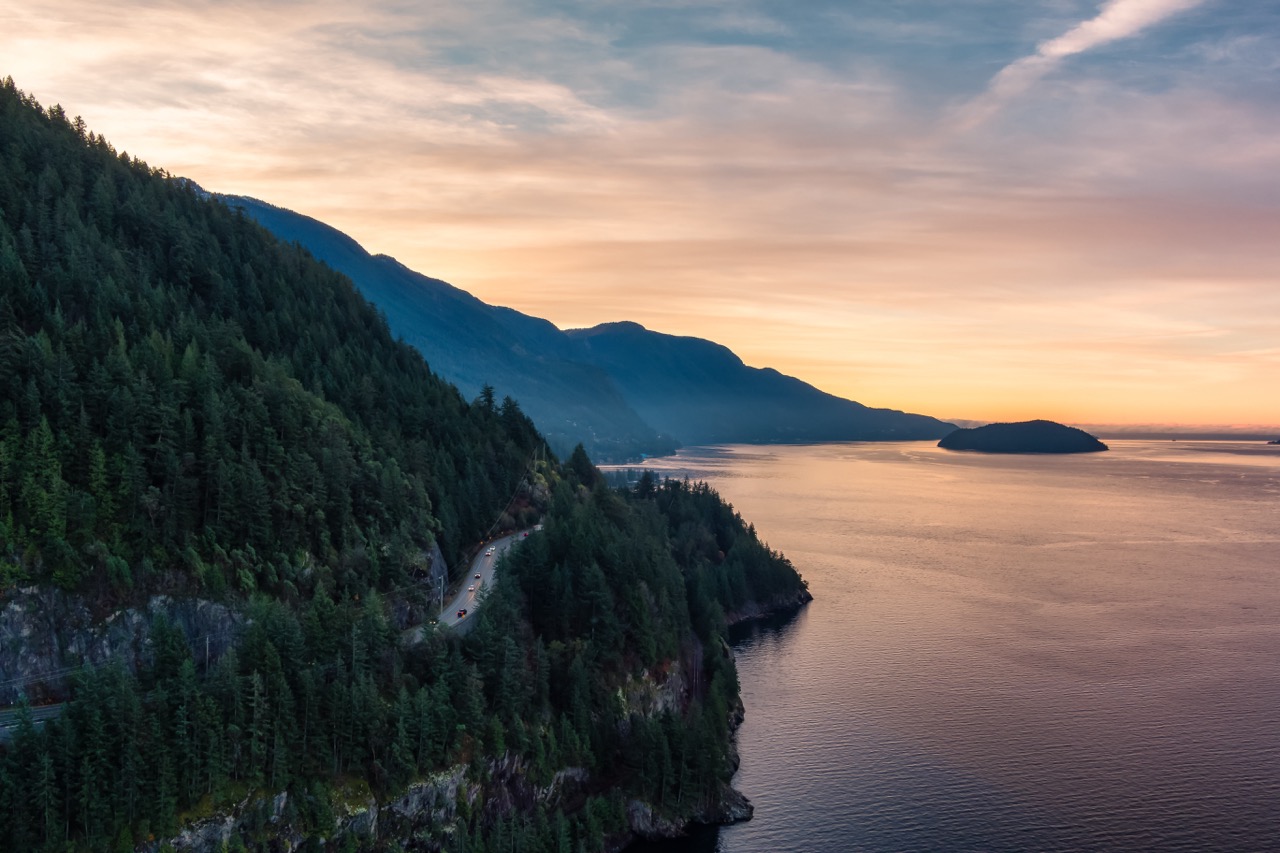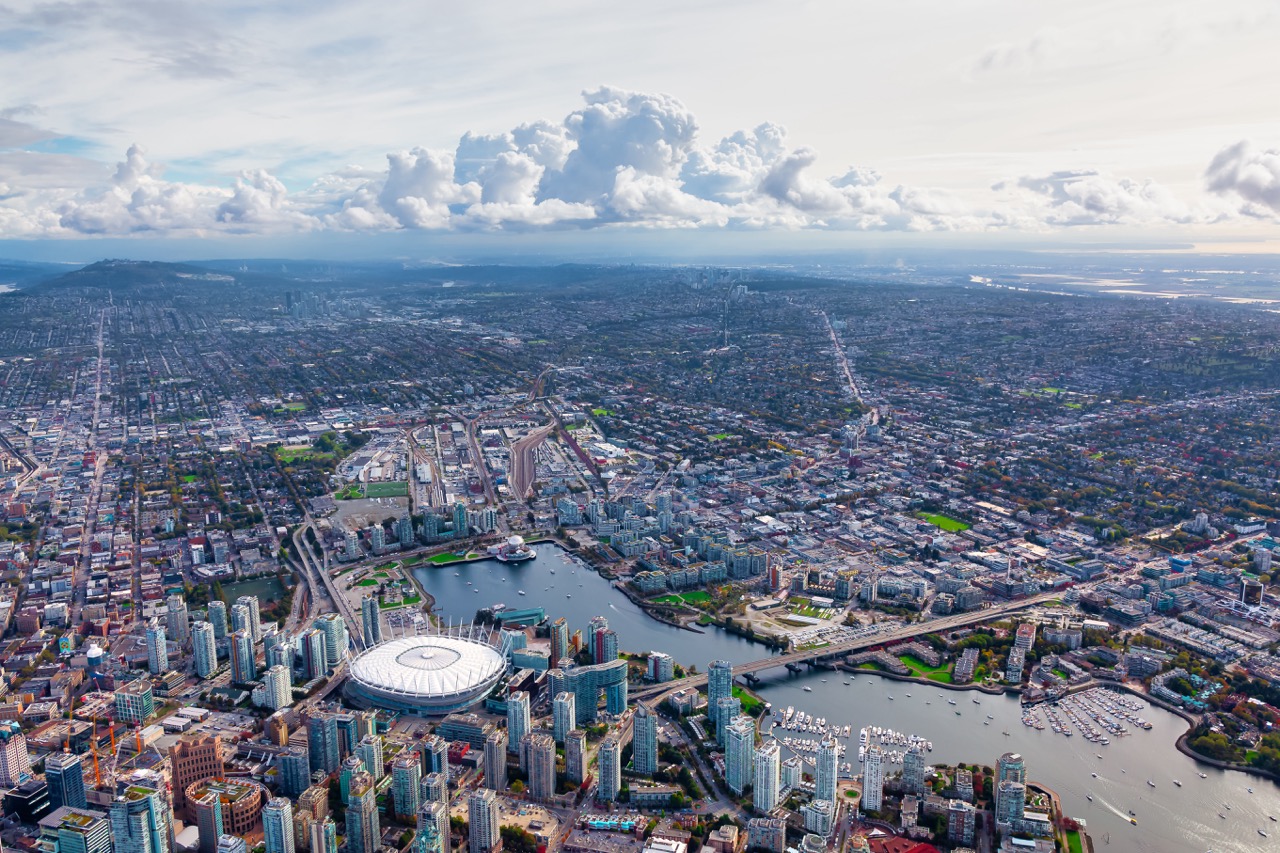British Columbia, Canada, is a stunning province characterized by its diverse landscapes and rich biodiversity. From the rugged coastlines of the Pacific Ocean to the majestic peaks of the Rocky Mountains, the province is home to a vast array of wildlife that draws nature enthusiasts from all over the world. This article explores the ecosystems of British Columbia, highlighting key wildlife species, prime locations for viewing, seasonal variations, and the importance of responsible wildlife watching practices. It also delves into the conservation efforts that play a crucial role in maintaining the health of these natural habitats.
Exploring the Diverse Ecosystems of British Columbia
British Columbia encompasses an impressive variety of ecosystems, each hosting unique flora and fauna. The coastal rainforests, characterized by towering trees and rich undergrowth, provide habitat for species such as the black bear and the salmon. Meanwhile, the interior of the province features dry forests, grasslands, and alpine regions, each supporting different wildlife communities. The diversity of these ecosystems not only contributes to the overall health of the environment but also offers a wealth of opportunities for wildlife observation.
The province is further defined by its geographical regions, which include the coastal mountains, the Cariboo and Thompson regions, and the Great Bear Rainforest. Each area presents distinct ecological characteristics and wildlife populations. The coastal regions, for example, are known for their marine life, including sea otters, seals, and orcas, while the mountainous areas provide habitat for mountain goats and grizzly bears. This ecological richness makes British Columbia a prime destination for those seeking to immerse themselves in nature.
As urban development and climate change increasingly threaten these vital ecosystems, understanding their intricacies becomes paramount. Wildlife corridors and conservation areas are critical for ensuring that species can thrive and adapt to changing conditions. By appreciating the diverse ecosystems of British Columbia, visitors can better understand the importance of preserving these natural landscapes for future generations.
Top Wildlife Species to Encounter in the Region
British Columbia is teeming with wildlife, making it an excellent location for spotting a myriad of species in their natural habitats. Among the most iconic animals in the province are the large mammals, such as the grizzly bear, black bear, and moose. The opportunity to view these majestic creatures, particularly in their natural settings, is a significant draw for tourists and wildlife enthusiasts alike. The bears are often visible during the salmon spawning season, creating a stunning spectacle as they fish along the rivers.
In addition to large mammals, British Columbia is home to numerous bird species. The region is an essential stopover point for migratory birds along the Pacific Flyway. Birdwatchers can expect to see a variety of waterfowl, shorebirds, and raptors, with species like the bald eagle and tufted puffin being particularly noteworthy. Coastal areas, wetlands, and forested regions provide ideal habitats for these birds, making them accessible to wildlife viewers.
Aquatic life is another vital aspect of British Columbia’s biodiversity. The province’s rivers and ocean are teeming with marine species, including various fish like salmon and halibut, as well as marine mammals such as seals and whales. Whale watching tours often allow visitors to witness the majestic orca and humpback whales in their natural habitat. These encounters highlight the interconnectedness of life in British Columbia’s ecosystems and the importance of protecting these species and their environments.
Key Locations for Wildlife Viewing Adventures
British Columbia boasts several prime locations for wildlife viewing that offer unique experiences depending on the season and ecosystem. National parks such as Yoho, Kootenay, and Glacier are popular destinations for those wishing to spot large mammals like bears, deer, and elk. These parks provide well-maintained trails and viewing areas that allow visitors to safely observe wildlife while minimizing their impact on natural habitats.
For marine wildlife enthusiasts, the waters surrounding Vancouver Island are a hotspot for whale watching. The waters off Tofino and Victoria are famous for sightings of orcas, humpback whales, and sea lions. Guided boat tours are available, providing opportunities for up-close encounters with these remarkable marine mammals while following responsible viewing practices. These experiences offer a chance to witness the incredible biodiversity that exists beneath the waves.
In addition to national parks and coastal areas, numerous wildlife reserves and ecological parks across British Columbia provide excellent opportunities for viewing. The Reifel Bird Sanctuary, located near Vancouver, is an oasis for birdwatchers, featuring walking trails and observation points. Similarly, the Great Bear Rainforest offers guided eco-tours that highlight the unique wildlife and habitats of one of the largest temperate rainforests in the world. By exploring these locations, visitors can gain a deeper appreciation for the province’s wildlife and the ecosystems that support them.
Seasonal Variations in Wildlife Sightings and Behavior
Wildlife behavior and sightings in British Columbia vary significantly with the seasons. Spring is often a time of renewal, with animals emerging from hibernation and mothers with their young starting to venture out. This is an ideal season for spotting bears as they emerge from their dens, foraging for food after a long winter. Bird migrations also occur during this time, providing great opportunities for birdwatching enthusiasts to see a variety of species returning for the breeding season.
Summer is peak season for wildlife viewing, as animals are most active during the warmer months. This is particularly true for coastal areas, where whale watching becomes popular as humpback and orca whales can be seen feeding and breaching in the ocean. Additionally, many terrestrial species, such as deer and moose, are easier to spot as they move through their habitats in search of food. Summer also allows for extended daylight, which provides more opportunities for wildlife observation.
As autumn approaches, animals begin preparing for winter. This season is ideal for observing the dramatic behavior of bears as they fatten up for hibernation, and it is also the time when salmon spawn, attracting bears to riverbanks. Bird migration resumes, marking the return of many species southward. Winter, while quieter in terms of wildlife sightings, offers unique opportunities for tracking animals through snow-covered landscapes and observing species such as wolves and mountain goats that thrive in colder conditions. Each season presents its own unique wildlife viewing experiences, contributing to the allure of British Columbia as a year-round destination for nature lovers.
Responsible Wildlife Watching: Best Practices
Responsible wildlife watching is essential for preserving British Columbia’s delicate ecosystems and ensuring the well-being of its wildlife. Observers should maintain a safe distance from animals to minimize stress and disruption to their natural behaviors. Many wildlife species can perceive human presence as a threat, and approaching too closely can lead to defensive behaviors or, worse, abandonment of young. The general guideline is to stay at least 100 meters (328 feet) away from bears, while larger animals like moose should also be observed from a safe distance.
Using binoculars or telephoto lenses enhances the wildlife viewing experience while allowing observers to maintain a respectful distance. Additionally, choosing guided tours led by knowledgeable professionals can enhance the experience and ensure that wildlife viewing is conducted ethically. Guides are often well-versed in the habits of local wildlife and can provide insights that enrich the overall experience while adhering to best practices for conservation.
Lastly, it’s crucial to leave no trace during wildlife excursions. Visitors should avoid littering, stay on designated trails, and respect wildlife habitats. Educating oneself about the specific needs and behaviors of local wildlife can further enhance the responsible viewing experience. By prioritizing these best practices, nature enthusiasts can contribute to the protection of British Columbia’s remarkable wildlife and ensure that future generations can also enjoy these incredible encounters.
Conservation Efforts and Their Impact on Wildlife Health
Conservation efforts in British Columbia play a vital role in maintaining the health of its wildlife populations and ecosystems. Organizations such as the Nature Conservancy of Canada and local First Nations collaborate to protect sensitive habitats and corridors essential for the movement of species. These efforts often involve habitat restoration, land protection, and community education initiatives aimed at fostering a deeper understanding of the importance of biodiversity.
One of the notable conservation initiatives in British Columbia is the establishment of protected areas and parks, which serve as safe havens for various species. These areas help to mitigate the impacts of urbanization, logging, and climate change, allowing wildlife to thrive in their natural environments. Conservation strategies also emphasize community involvement, promoting sustainable practices that benefit both wildlife and local economies.
The impact of these conservation measures is evident in the resurgence of certain species that were once endangered or threatened. For example, the recovery of populations of coastal wolves and the ongoing efforts to protect the Southern Resident Orcas showcase the importance of well-implemented conservation policies. As awareness grows around the need for sustainable practices, the health and diversity of British Columbia’s wildlife continue to improve, ensuring the province remains a vibrant destination for future wildlife enthusiasts.
British Columbia is a treasure trove of wildlife and diverse ecosystems, offering unique experiences for those who seek to connect with nature. By understanding the region’s varied habitats, recognizing the prominent species that inhabit them, and embracing responsible wildlife watching, visitors can enjoy remarkable encounters while contributing to the conservation of these precious environments. With ongoing efforts to protect and restore wildlife habitats, British Columbia remains committed to preserving its natural heritage for generations to come. Whether exploring the coastal waters or trekking through the mountain landscapes, the province invites adventurers to witness its captivating wildlife in all its glory.





